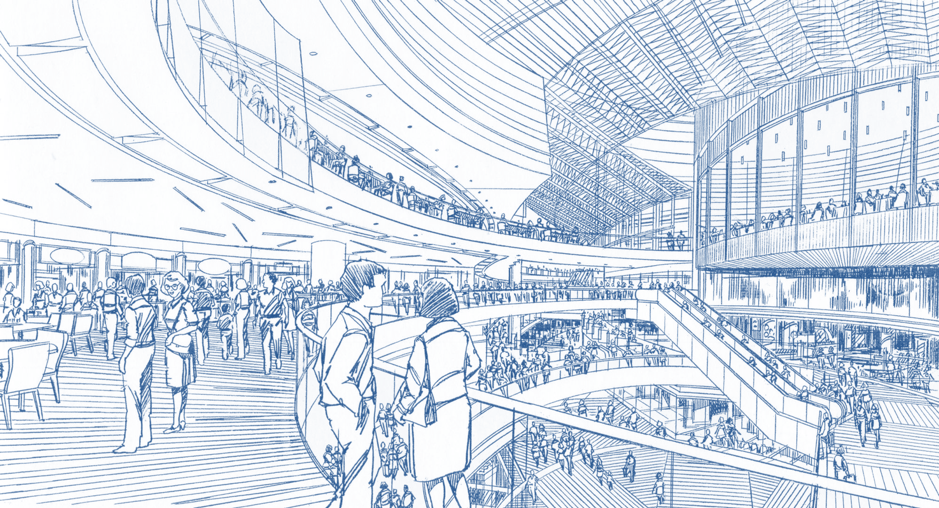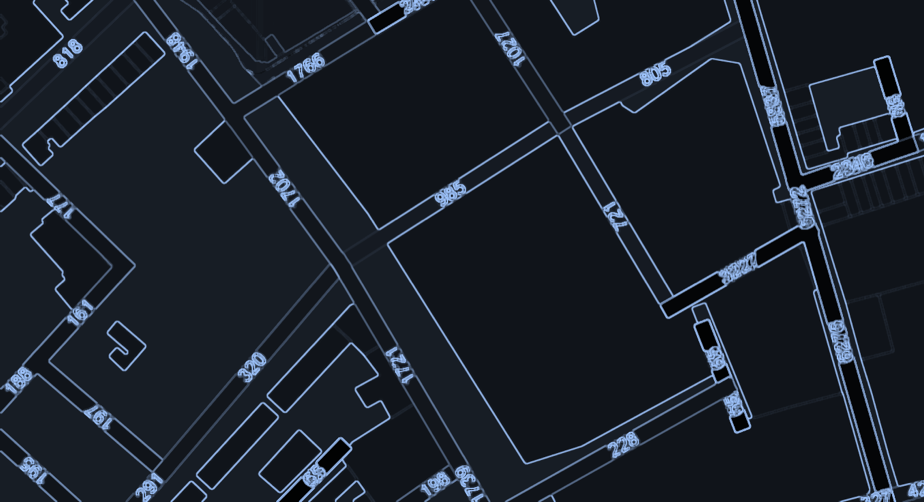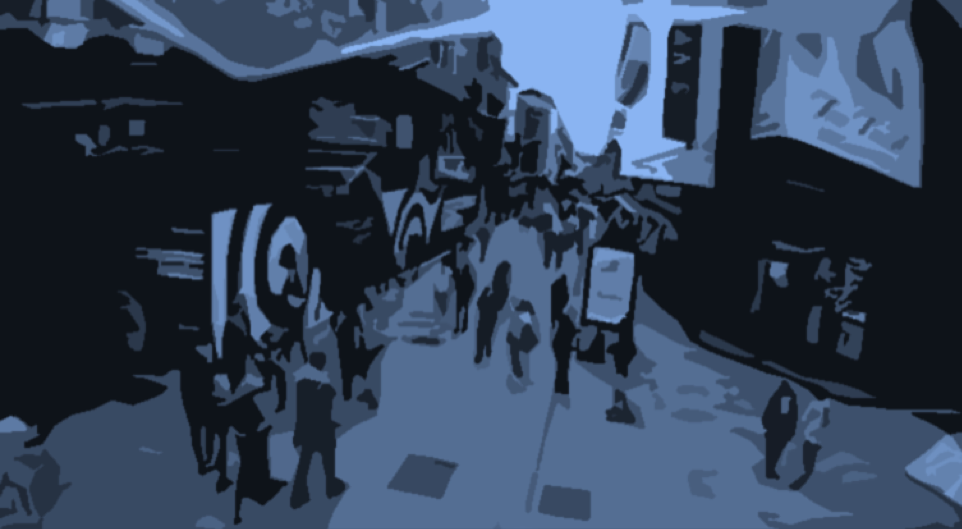Figure 1: Retail performance is related to the building’s spatial layout. Would you like to know how?
In the most competitive retail environment for shopping centres since the asset was born in the mid 20th century, a new workshop explores the relationship between design and retail performance? How can we attract more customers and improve their experience? Can shopping centres be more efficient spatially and can design impact financial success?
‘Every retailer knows that you should put the shop where people are going to be anyway, and it is no surprise if we find that the structure of the urban grid influences at least some land uses as it evolves. It would be surprising if it were not the case. However, a little more than this is being claimed. It is being suggested that there is an underlying principle which, other things being equal, relates grid structure to movement pattern not only on the main lines in and out the city, but also in the fine structure, and through this gives rise to a whole multiplicity of inter-relationships between grid structure, land uses, densities and even the sense of urban well-being (…). ‘(Hillier, 1996)
Bayfield Training, leaders in Real Estate Executive Education and research, and Space Syntax Limited, spatial experts and consultants, have partnered to show how design (architecture-urban space) and retail should interact. The course’s main objective is to review effective space design for shopping centres and the immediate urban settings/centre in which they co-exist. It draws upon the interactions between the first, the shopping centres and the second, the urban settings. Therefore, this blog post gives a hint of how shopping centres’ design influences retail (micro scale) and how it is influenced by its context’s interaction (macro scale). Using modern scientific methods throughout, the course takes an empirical approach to the design/performance relationship.
Macro scale – The Shopping Centre and the Context
At an urban scale, the course will show the ‘location value’ concept defined by Space Syntax as the potential for attracting trade at a particular location and will demonstrate how to measure it. Similarly, we will explain the importance for attracting trade in the different locations available in terms of accessibility, catchment population and other attractions within the immediate area. Case studies will show how existing shopping centres interact with their locations, and layout design strategies, using different examples in the United Kingdom.
Figure 2: Macro scale of a shopping centre – the immediate context and its attractors.
Micro scale – The spatial layout and customer’s experience
Space syntax, as an evidence-based science, has shown the configurational design of the built environment influences its users’ experience. Inside shopping centres we focus on evaluating the layout design in relation to footfall, legibility and convenience, which in turn impacts on sales, rental value and customer satisfaction. After the course, you will understand better why some shopping centres are more successful than others in attracting high number of customers.
Figure 3: The spatial layout and customer’s experience – where do they go, why and how often?
Will you benefit from this course?
In a saturated market, shopping centre developers, asset managers and developers need every tool at their disposal to optimise performance as well as help them understand the medium to longer term viability of their centre. The course will also help city centre planners understand the impact of new schemes and centre redevelopments in the wider urban context.
Recalling Bill Hillier’s (1996) quote at the beginning of this blog, there is a relationship between retail, its spatial layout, the city and the user’s experience. This course defines theses relationship by: first, understanding the performance of existing retail operations in their macro-context and second, by enhancing retail success through the careful design of spatial layout and product placement.
If you have any questions contact Sonia Martin Gutierrez at [email protected] or on 01223 517851and we look forward to seeing you at the course!
Bibliography
- Hillier, B. 1996. Space is the machine. London: Cambridge: Cambridge Univ. Press
- Bayfield Training. (2019). Spatial Layout and Retail Performance. [online] Available at: https://www.bayfieldtraining.com/spatial-layout-and-retail-performance/
Figures
- https://i.pinimg.com/originals/33/c4/dc/33c4dc1f70ac073a12cccca387a70835.jpg
- Space Syntax– Dublin map
- Space Syntax –Dublin footage



